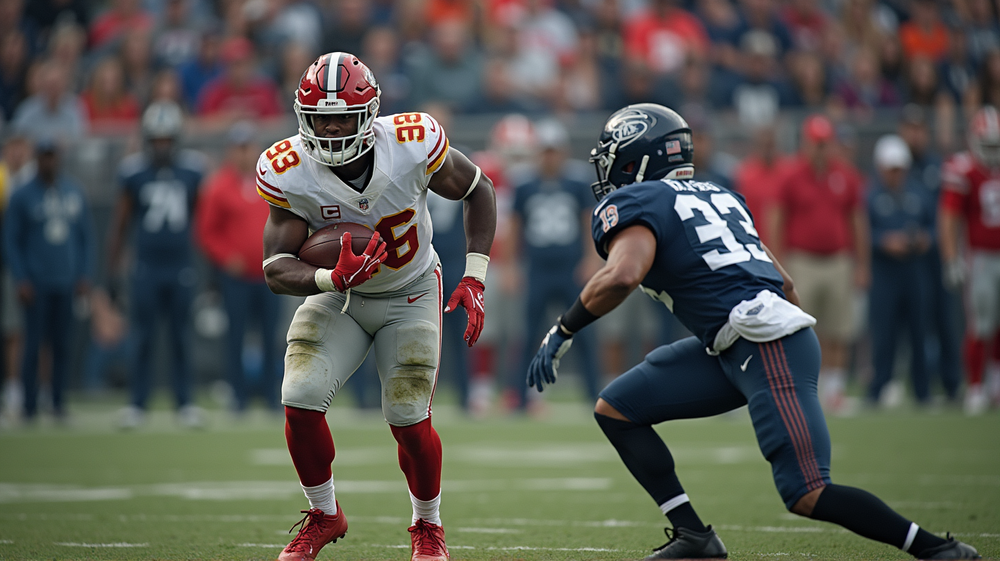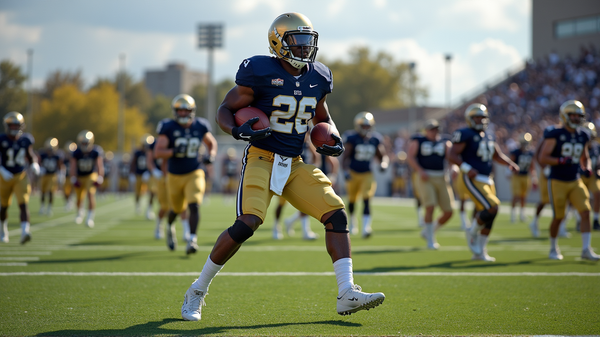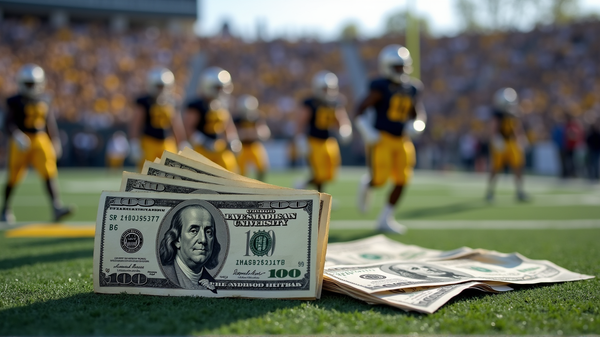NCAA's Bold Moves: Clamping Down on Fake Injuries with New Rules
In what could be a game-changing move, the NCAA has set its sights on a pervasive issue in college football: players faking injuries. This decision, announced with much anticipation, promises to bring a new wave of integrity to the beloved sport.
A New Era in Rule Enforcement
The NCAA’s Playing Rules Oversight Panel recently unveiled a series of changes targeting fake injuries, an issue that’s been gnawing at the core of college football’s reputation. For years, teams have been accused of using injury timeouts to halt their opponents’ momentum or strategically save their timeouts. But now, the sands are shifting.
Combatting the Deception:
- If medical staff enter the field to aid a player after the ball has been spotted for the next play, the team will be charged a timeout.
- In absence of timeouts, a 5-yard delay-of-game penalty will strike.
The urgency of this change stems from a growing perception that fake injuries taint the honesty of the game. As stated in ESPN, “Football Rules Committee members believe these actions damage the game’s overall image.”
The Mechanics Behind the New Rules
It isn’t just about penalties on the field. The NCAA has equipped its arsenal with a more strategic review process. Steve Shaw, the NCAA’s rules editor, remains the figurehead in pursuing foul play. His task? Deciphering if timeouts are exploited under the guise of injury, and doing so with surgical precision.
From Videos to Actions:
The committee showcased a gripping nine-minute video illustrating the epidemic of fake injuries. “When you watch that video, action is required,” Shaw emphasized. The new rules set a precedent that will force players and coaches alike to rethink their tactics.
Additional Adjustments to the Game’s Rulebook
But tackling fake injuries wasn’t the NCAA’s only novelty.
Tweaks and Twists:
- Overhaul of overtime timeouts, invoking a singular timeout starting with the third overtime.
- Simplifying replay decision terms to “upheld” or “overturned.”
- Scrimmage kick formation requirements have been refined, ensuring the game maintains its competitive edge.
- New defensive directives prohibit mimicking offensive signals, solidifying a fair play framework.
A New Dawn for College Football
This landmark decision by the NCAA anticipates a ripple effect throughout the sport. One that promises to invigorate the playing field and preserve the integrity and excitement of college football for generations to come.
Heather Dinich’s coverage captures the essence and necessity of this change, reminding fans and players alike that the heart of the sport still beats strong, though some tough love is necessary to keep it that way.
Stay informed with breaking news and updates from the NCAA’s latest regulatory moves by enabling alerts from Heather Dinich on the ESPN mobile app today. According to ESPN, such changes ensure that collegiate football remains a beacon of sporting integrity and passion.
In the end, while the fake-out routes may diminish, the thrill of authenticity in sports prevails, casting a promising glow on the horizon of college football.




